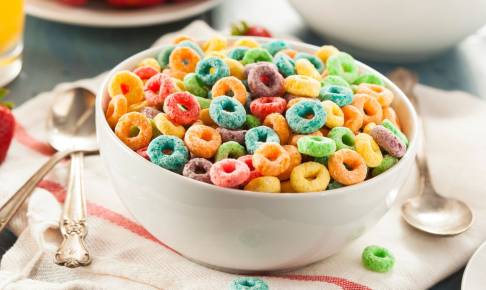EFSA updates risk assessment of Mineral Oil Hydrocarbons (MOH) in food
The European Food Safety Authority (EFSA) has recently updated its risk assessment of mineral oil hydrocarbons (MOH) in food. MOH, comprising saturated hydrocarbons (MOSH) and aromatic hydrocarbons (MOAH), can infiltrate food through environmental contamination, machinery lubricants used during harvesting and food production, food additives, and food contact materials.
In 2012, EFSA's Scientific Panel on Contaminants in the Food Chain (CONTAM Panel) concluded that MOH's potential health impact varies widely, with MOSH capable of accumulating in human tissue and causing liver damage, while MOAH, particularly those including 3–7 aromatic rings, may cause cancer by damaging DNA. The European Commission (EC) is currently contemplating establishing maximum levels for MOH in certain foods.
In 2020, the EC mandated EFSA to update the CONTAM Panel's 2012 Scientific Opinion on MOH risks to public health. The EFSA's task included reviewing recent MOH toxicity research, estimating MOH exposure levels based on recent occurrence data, and updating the risk characterization of MOH.
EFSA employed a rigorous, pre-established methodology for this task, documenting the entire process and holding a public consultation on the draft scientific opinion in March-April 2023. The assessment included a thorough review of scientific literature on MOH, focusing on studies published since 2010, and considered occurrence data collected between 2011 and 2021.
The updated assessment faced limitations due to the vast number of chemical compounds within the MOH group. For MOSH, the Health-Based Guidance Value (HBGV) could not be established, and the Margin of Exposure (MoE) was used instead. For MOAH, specifically those with 3-or more aromatic rings, insufficient data on oral toxicity and their concentrations in food limited conclusions. However, the CONTAM Panel used toxicity data from structurally similar substances and estimated exposure levels to evaluate risks.
The EC may consider the following outcomes when determining maximum levels for MOH in foods:
• For MOSH, the dietary exposure does not raise concerns for human health. However, the need for further research on possible long-term effects remains.
• For MOAH with 3-or more aromatic rings, additional toxicity and exposure data are required. Current dietary exposure among toddlers and other age groups could potentially raise health concerns.
• For MOAH with 1-2 rings, reliable toxicity data is lacking, which might raise a concern.
• Vegetable oils contained the highest levels of MOH, with young individuals, particularly infants via infant formula, having the highest exposure.
EFSA has issued several recommendations for public health authorities, policymakers, and researchers to address MOH contamination. These include improving analytical methodology, researching sources of hydrocarbons in food, investigating the structural features of MOSH that lead to accumulation in the body, and collecting additional data on MOSH concentrations in human tissue.
For MOAH, recommendations include acquiring more data on composition by aromatic ring number, collecting oral toxicity data for 1-2 ring MOAH, and updating technical specifications with detailed information on the MOAH content and composition of waxes and white mineral oils used as food additives and packaging materials.
Source:






















